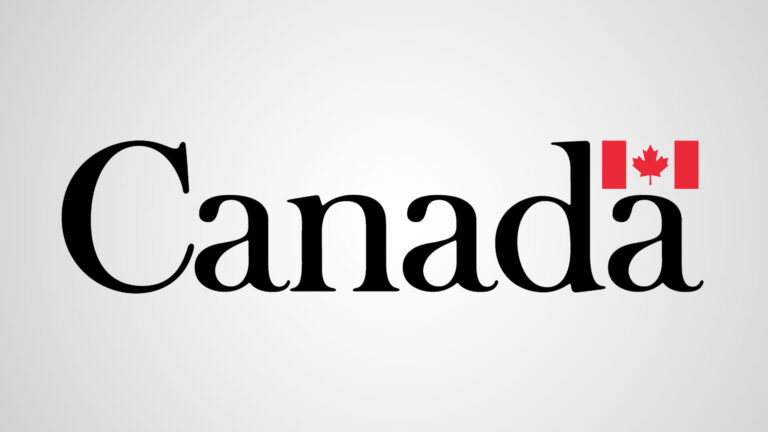It may seem like a long way off, but the compliance deadlines are quickly approaching for the three priorities identified in the recently approved ACP Standards for Pharmacy Compounding of Non-sterile Preparations.
The compliance deadline for Priority One (assessing risks and gaps) and Priority Two (compounding and cleaning, personnel training, and quality assurance) is January 1, 2020. The compliance deadline for Priority Three (facilities and equipment) is July 1, 2020.
A major consideration when assessing the risks and gaps that may exist in your pharmacy is this: is your pharmacy engaged in compounding?
Health Canada considers compounding to be the following:
“The combining or mixing together of two or more ingredients (of which at least one is a drug or pharmacologically active component) to create a final product in an appropriate form for dosing. It can involve raw materials or the alteration of the form and strength of commercially available products. It can include reformulation to allow for a novel drug delivery. Compounding does not include mixing, reconstituting, or any other manipulation that is performed in accordance with the directions for use on an approved drug’s labelling material.”1
Before compounding a non-sterile preparation, the need for the compounded product should be confirmed by checking for commercially available preparations in the Health Canada’s Drug Product Database and contacting manufacturers.1 To comply with the Health Canada policy on compounding, this confirmation is required to validate the lack of product availability and avoid duplicating an approved drug.
Non-sterile preparations can be categorized as simple, moderate, or complex2 (as outlined in United States Pharmacopeia (USP) Chapter <795> Pharmaceutical Compounding – Nonsterile Preparations). Several factors go into determining the type of preparation and level of risk when compounding preparations. Pharmacists and pharmacy technicians who compound non-sterile preparations should evaluate their practice to determine which compounds they produce and how they should be categorized. Based on that assessment they will be able to develop service-related procedures and implement appropriate quality controls for both patients and compounding personnel, with a view to guaranteeing the overall quality and safety of non-sterile preparations.
For more information, review the standards and guidance for the preparation of non-sterile preparations, Getting Started, Compounding Essentials, and Compounding FAQs available on the Standards of Practice page of the ACP website.
References:
- Health Canada. Policy on Manufacturing and Compounding Drug Products in Canada (POL-0051). Retrieved at: https://www.canada.ca/en/health-canada/services/drugs-health-products/compliance-enforcement/good-manufacturing-practices/guidance-documents/policy-manufacturing-compounding-drug-products.html#a7
- USP <795> Pharmaceutical Compounding—Nonsterile Preparations. Retrieved from: http://www.uspnf.com/sites/default/files/usp_pdf/EN/USPNF/revisions/gc795.pdf




